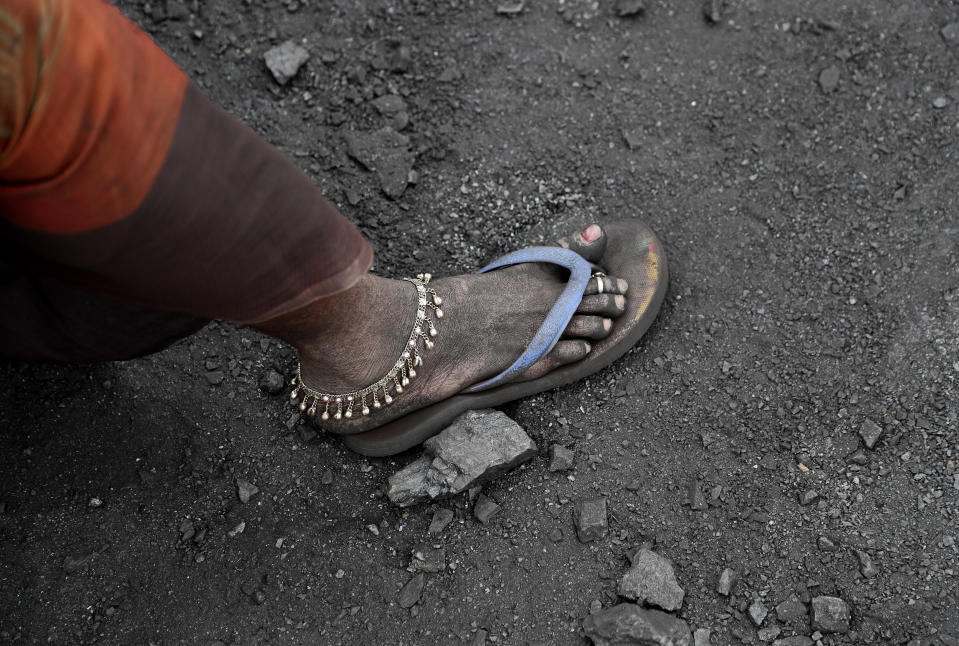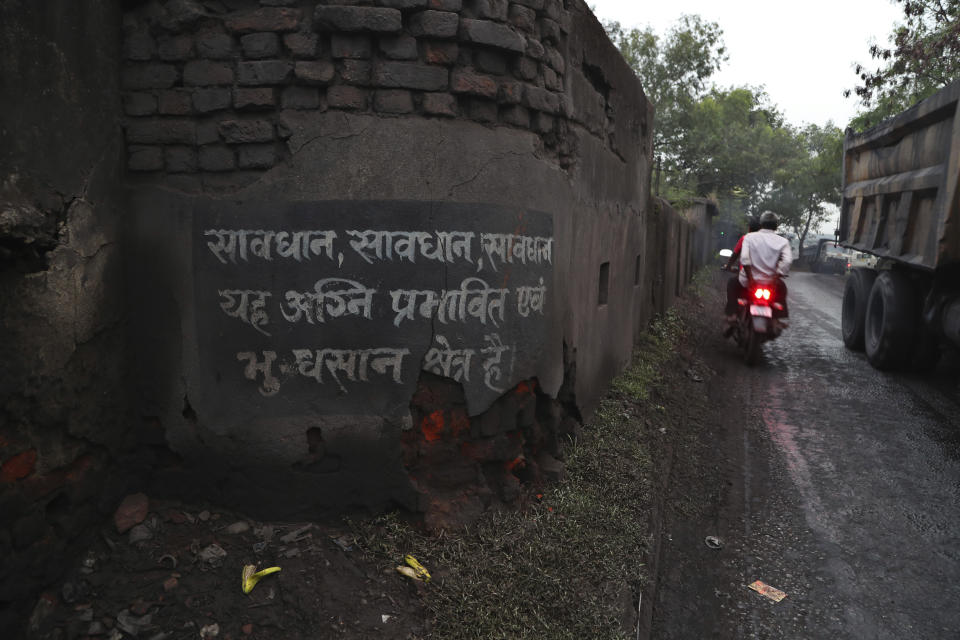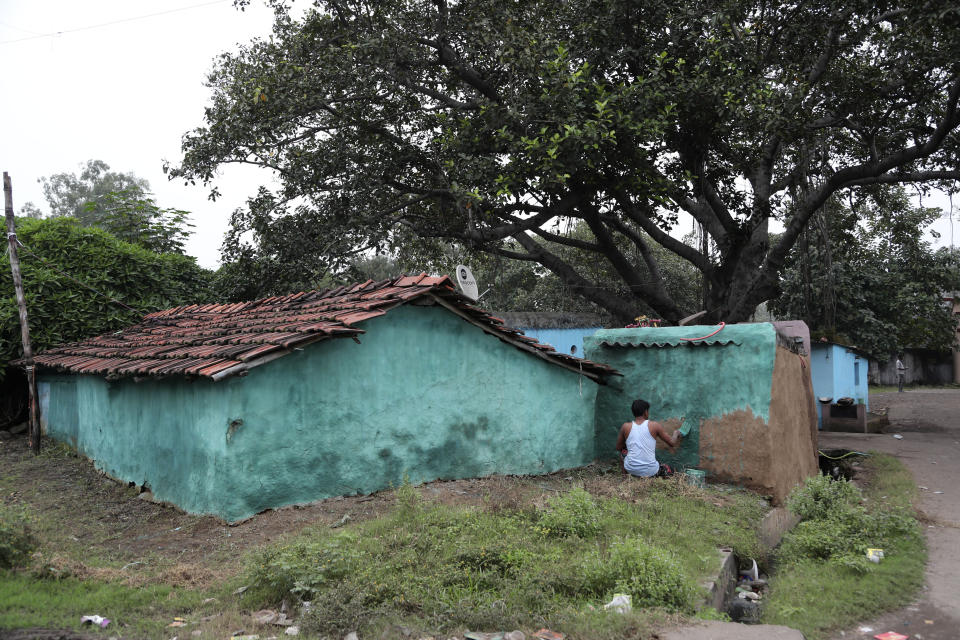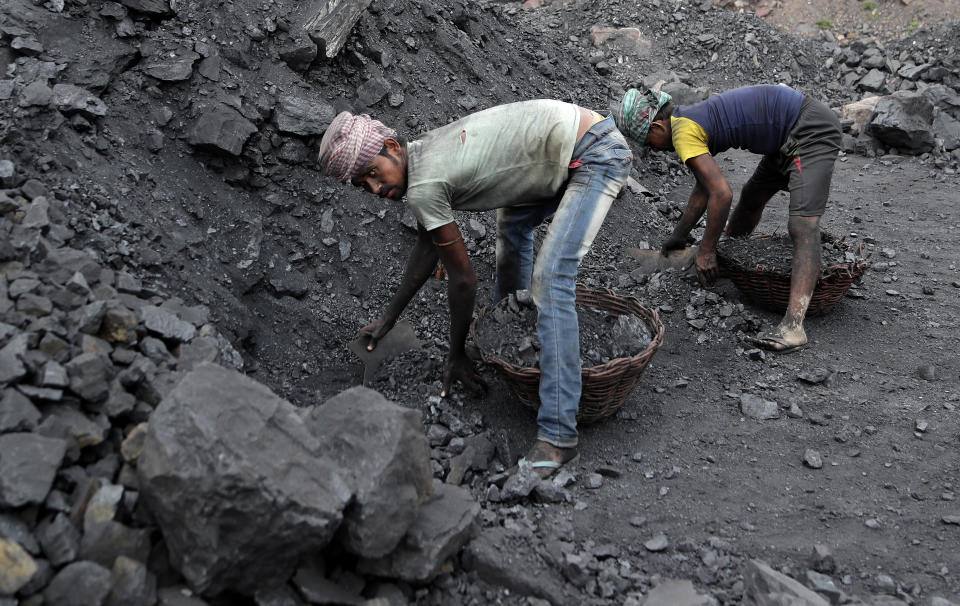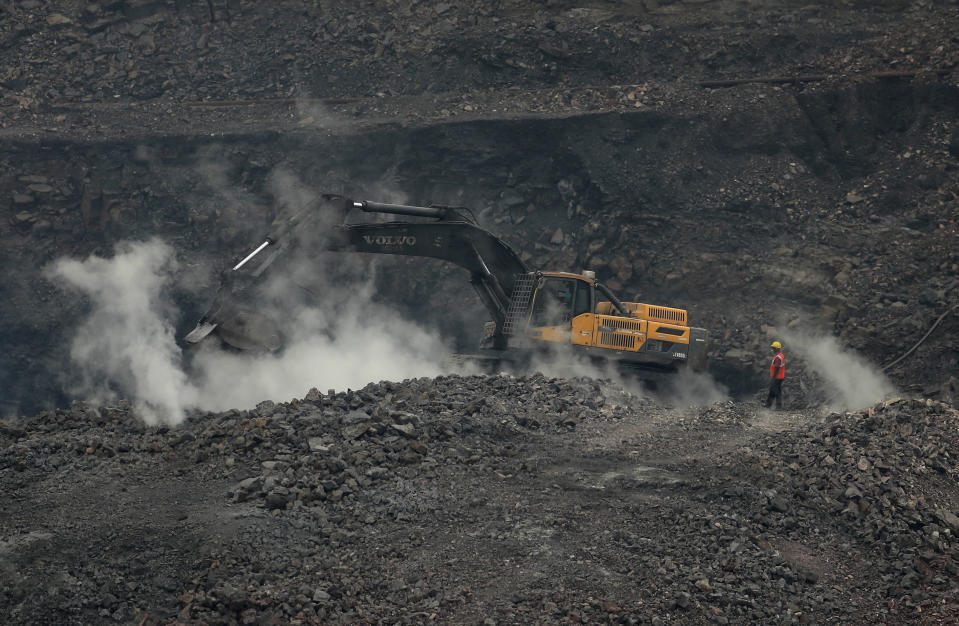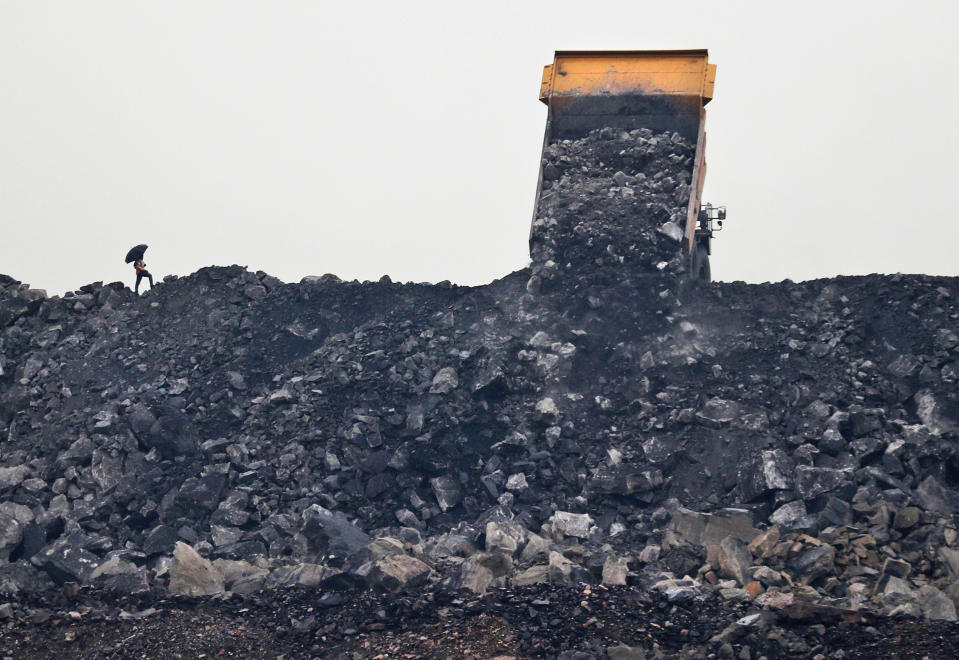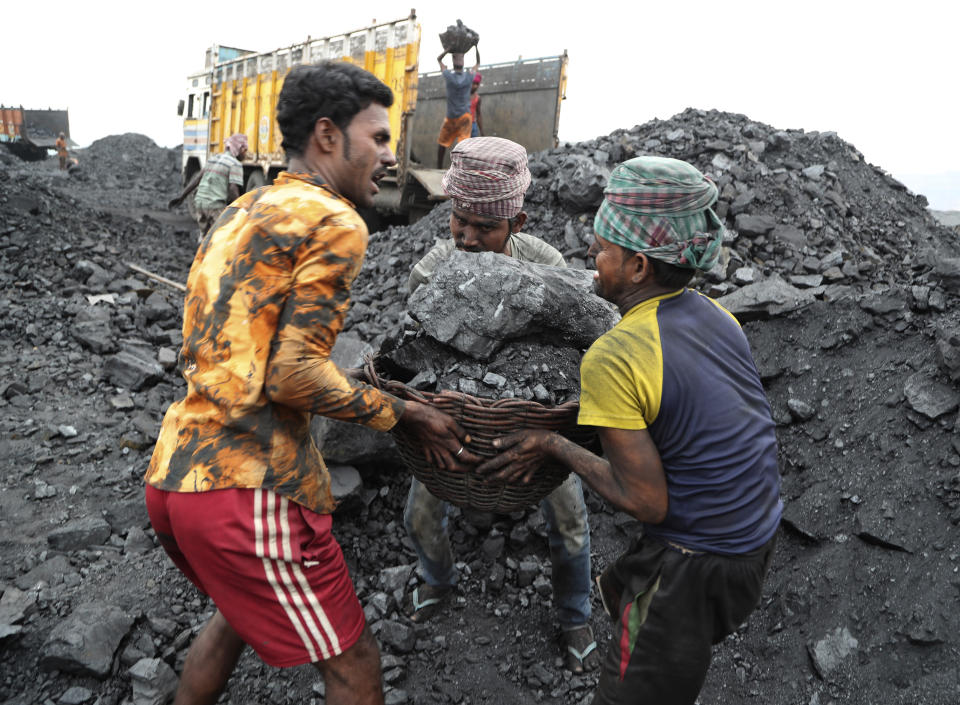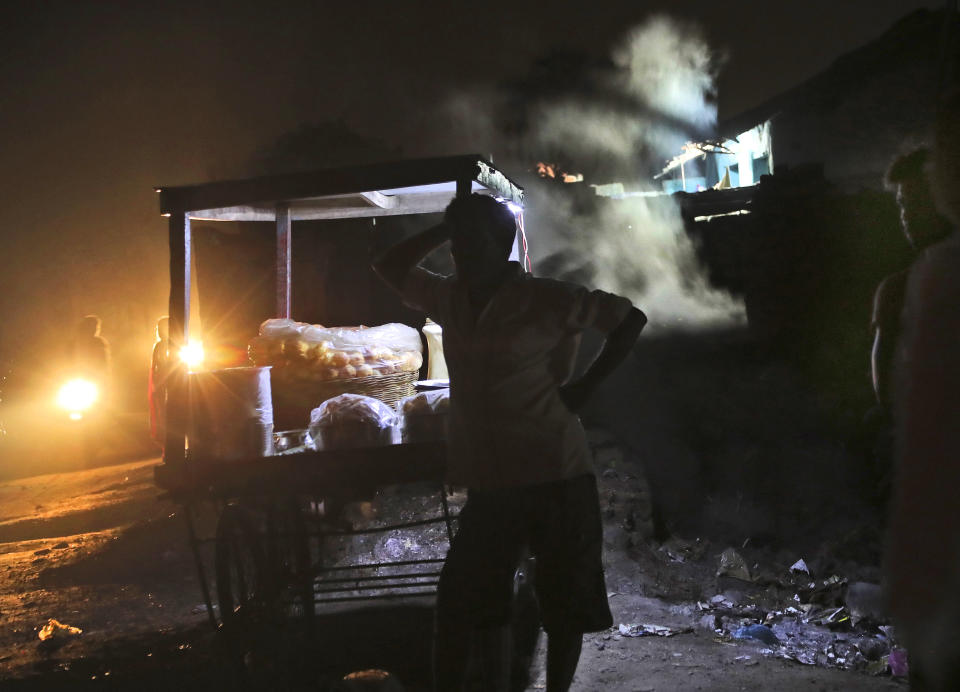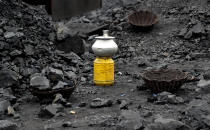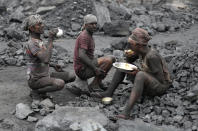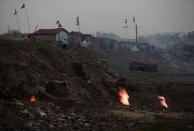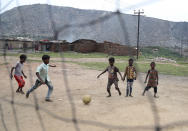AP PHOTOS: Indian coal mines still burning after a century
JHARIA, India (AP) — The fires started in 1916. More than a century later, coal pits in Jharia, in a remote corner of India's eastern Jharkhand state, continue to spew flames and clouds of poisonous fumes into the air.
Coal is an important contributor to India's growth, supporting its iron and steel industries and generating more than half the country's power. In Jharia, the heart of India's coal industry, the livelihoods of half a million people depend on it.
This, however, comes at a cost.
For the past century, inhabitants have braved sizzling temperatures, deadly sinkholes and toxic gases. The coal fires pose an even greater threat to the lives of those who work in the mines, which cover more than 260 square kilometers (100 square miles).
Decades of underground coal mining have hollowed Jharia's land. The collapse of houses and other structures on the surface due to subsidence is increasingly common. Respiratory diseases like tuberculosis, bronchitis and asthma are common. Children have been born deformed, and some people have fallen into the raging fire pits and died.
In 2008, Bharat Coking Coal Ltd., a subsidiary of state-owned Coal India, began a program to relocate almost 53,400 families living in fire-affected areas by 2021. But by 2016, only 4,000 families were relocated.
Over the years, the number of people needing to be resettled has risen to at least 130,000 families.
As the government deadline of 2021 approaches, the lives of people in the fire-affected areas are getting harder.
With few jobs available, many young people work as coal loaders for less than $4 a day or risk their lives scavenging coal.


